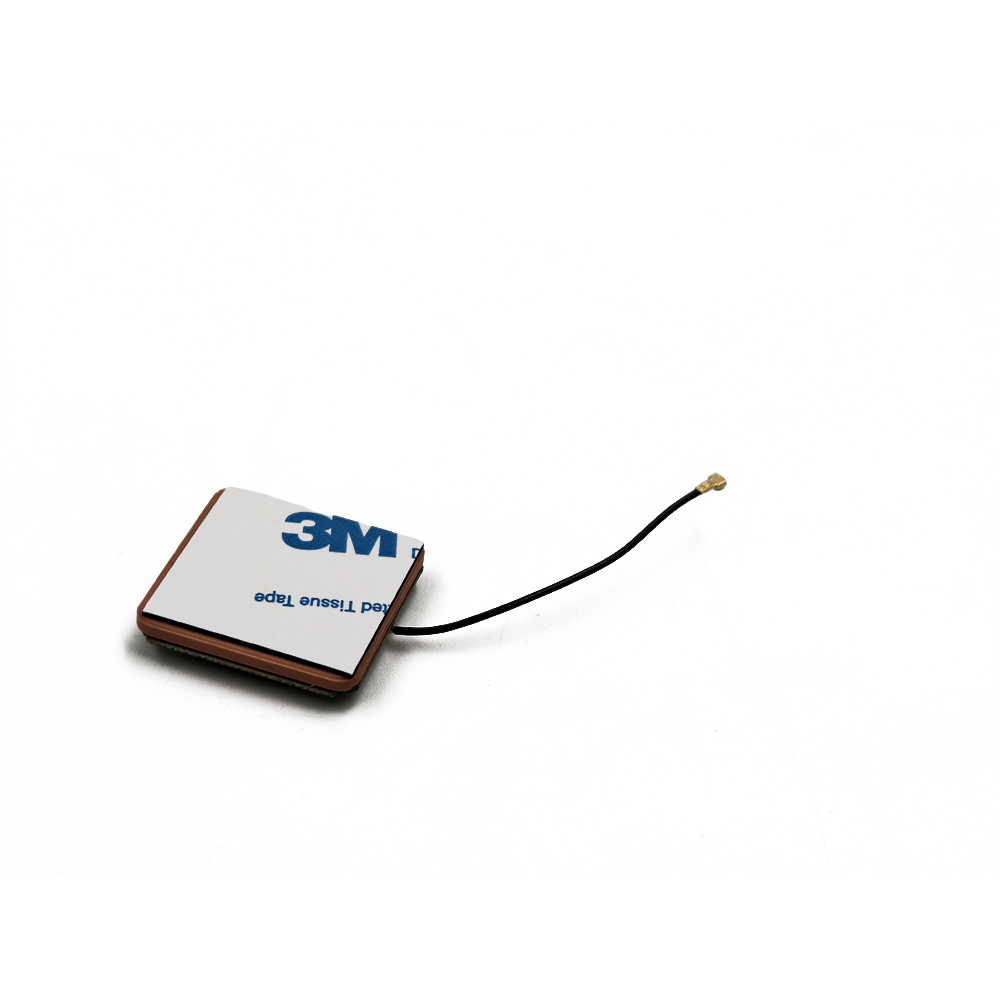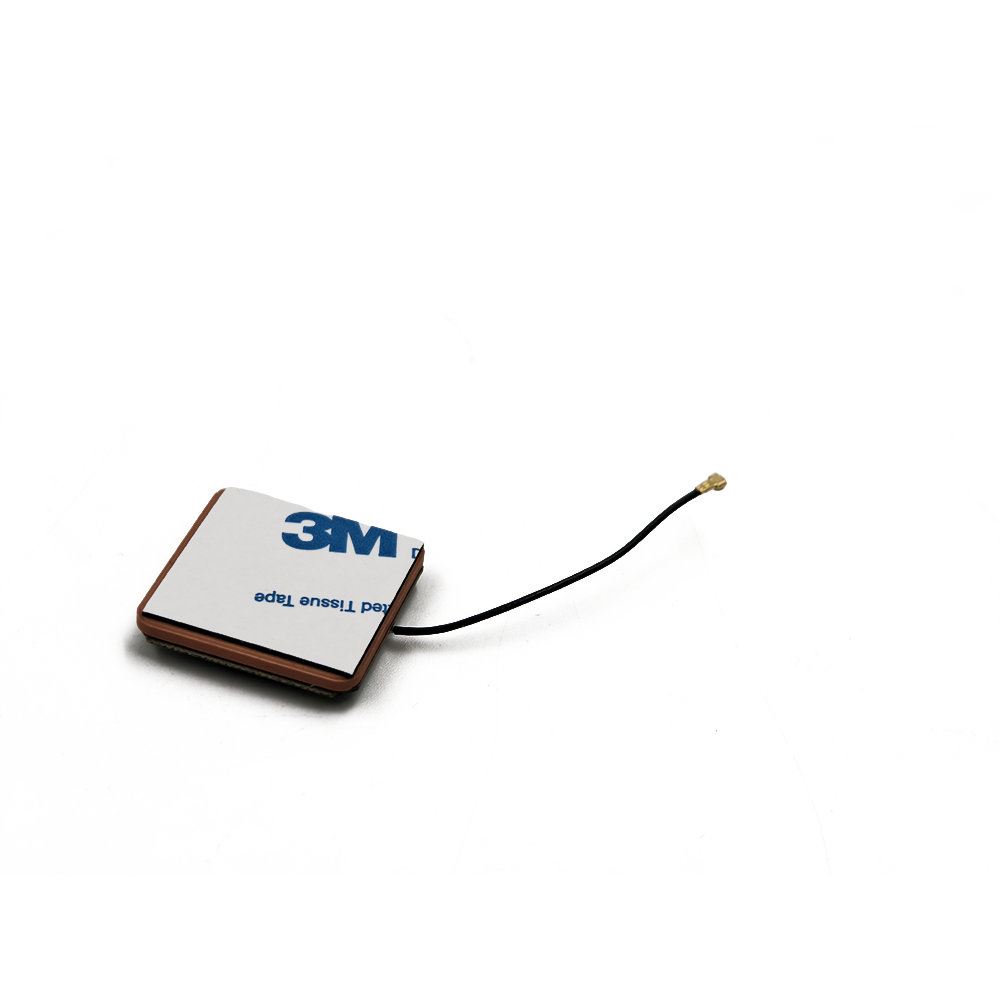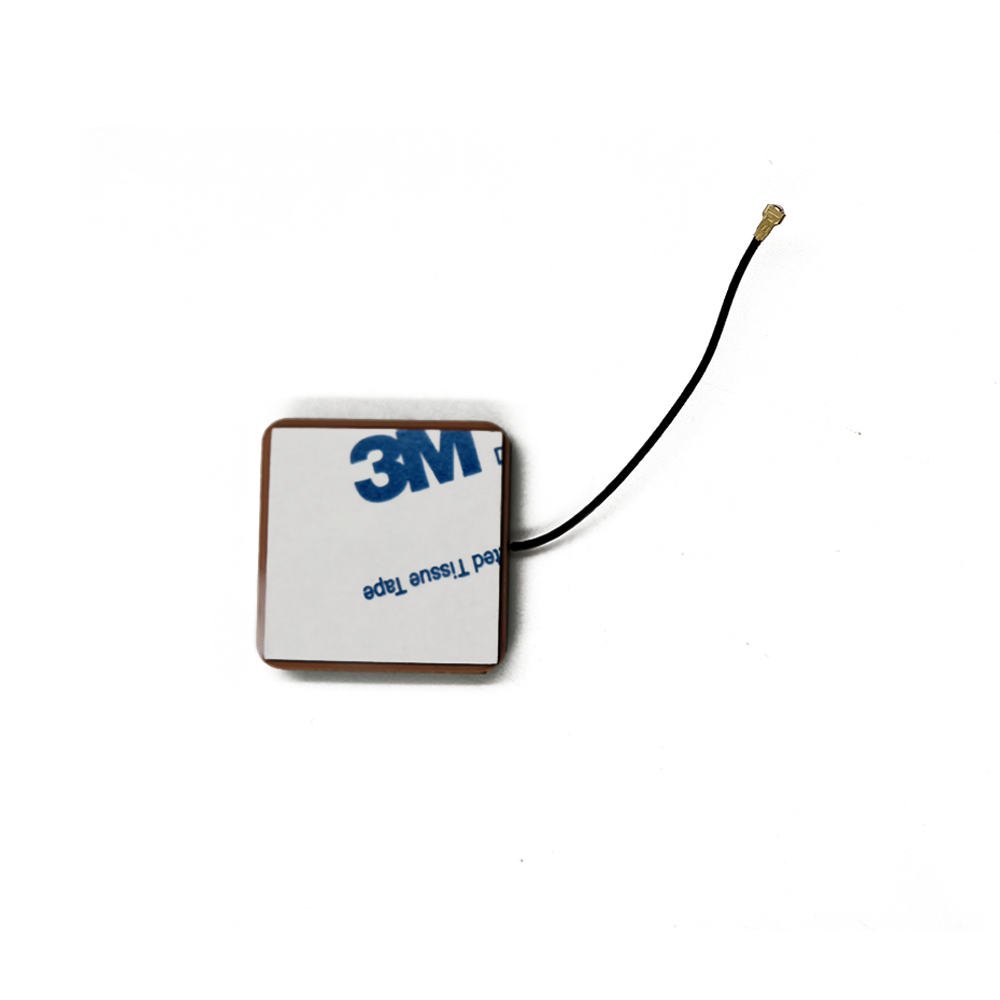Applications
High gain active GPS ceramic antenna modules have a wide range of applications across various industries. In the consumer electronics industry, they are commonly used in smartphones, tablets, and smartwatches. These devices rely on accurate GPS positioning for a variety of functions, including navigation, location - based services, and fitness tracking. The compact size and high performance of the modules make them ideal for integration into these devices, enabling users to access location - related information with precision.
In the automotive industry, these antenna modules are used in in - vehicle navigation systems, advanced driver assistance systems (ADAS), and connected car applications. They help vehicles to accurately determine their position on the road, which is crucial for features such as turn - by - turn navigation, traffic monitoring, and autonomous driving. The durability of the modules also makes them suitable for the harsh automotive environment, where they may be exposed to vibrations, temperature changes, and electrical noise.
The aviation industry also benefits from high gain active GPS ceramic antenna modules. In aircraft, these modules are used for navigation, approach guidance, and surveillance. They provide pilots with accurate position information, which is essential for safe flight operations. The ability of the modules to receive weak signals in challenging airborne environments, such as at high altitudes or in adverse weather conditions, makes them a reliable choice for aviation applications.
In surveying and mapping, high gain active GPS ceramic antenna modules are used to precisely measure positions on the Earth's surface. Surveyors rely on these modules to create accurate maps, determine property boundaries, and monitor changes in the landscape over time. The high accuracy and reliability of the modules make them indispensable tools in the surveying and mapping industry.
Future Trends
Looking ahead, several future trends are expected to shape the development of high gain active GPS ceramic antenna modules. One trend is the integration of multiple satellite navigation systems. In addition to GPS, other global navigation satellite systems (GNSS) such as GLONASS, Galileo, and BeiDou are becoming more prevalent. Future antenna modules will be designed to receive signals from multiple GNSS simultaneously, providing more accurate and reliable positioning information, especially in areas where GPS signals alone may not be sufficient.
The miniaturization of the modules is likely to continue. As technology advances, there will be a push to make the antenna elements and the associated active circuits even smaller. This will enable their integration into even smaller devices, such as tiny IoT sensors and micro - drones. New materials and manufacturing techniques will be developed to achieve further miniaturization without sacrificing performance.
The integration of artificial intelligence (AI) and machine learning (ML) with high gain active GPS ceramic antenna modules is an emerging trend. AI and ML algorithms can be used to optimize the performance of the antenna module, adapt to changing environmental conditions, and improve signal processing in the presence of interference. For example, AI can analyze real - time data from the antenna and other sensors to predict and mitigate the effects of interference, enhancing the overall accuracy and reliability of the positioning system.
There is also a growing interest in using these antenna modules for indoor positioning. While traditional GPS is mainly for outdoor use, researchers are exploring ways to adapt the technology for indoor environments, such as shopping malls, airports, and office buildings. High gain active GPS ceramic antenna modules may play a crucial role in this development, enabling accurate indoor positioning for applications like wayfinding, asset tracking, and indoor navigation within large buildings.
Conclusion
In conclusion, high gain active GPS ceramic antenna modules have become an essential component in modern positioning systems, offering a combination of high performance, compact size, and durability. Their ability to capture and amplify weak GPS signals makes them invaluable in a wide range of applications across various industries, from consumer electronics to aviation and surveying.
However, the challenges associated with electromagnetic interference, power consumption, and cost need to be addressed to further promote their widespread adoption. Overcoming these challenges will require continuous innovation in design, materials, and manufacturing processes.
Looking to the future, with the emergence of trends such as multi - GNSS integration, further miniaturization, the integration of AI and ML, and indoor positioning applications, high gain active GPS ceramic antenna modules are poised to play an even more significant role in the evolution of positioning technology. As these trends develop, these antenna modules will continue to enhance the accuracy, reliability, and functionality of positioning systems, opening up new possibilities for a wide range of industries and applications.




































































 Language
Language
 En
En Cn
Cn Korean
Korean

 Home >
Home > 








 18665803017 (Macro)
18665803017 (Macro)













